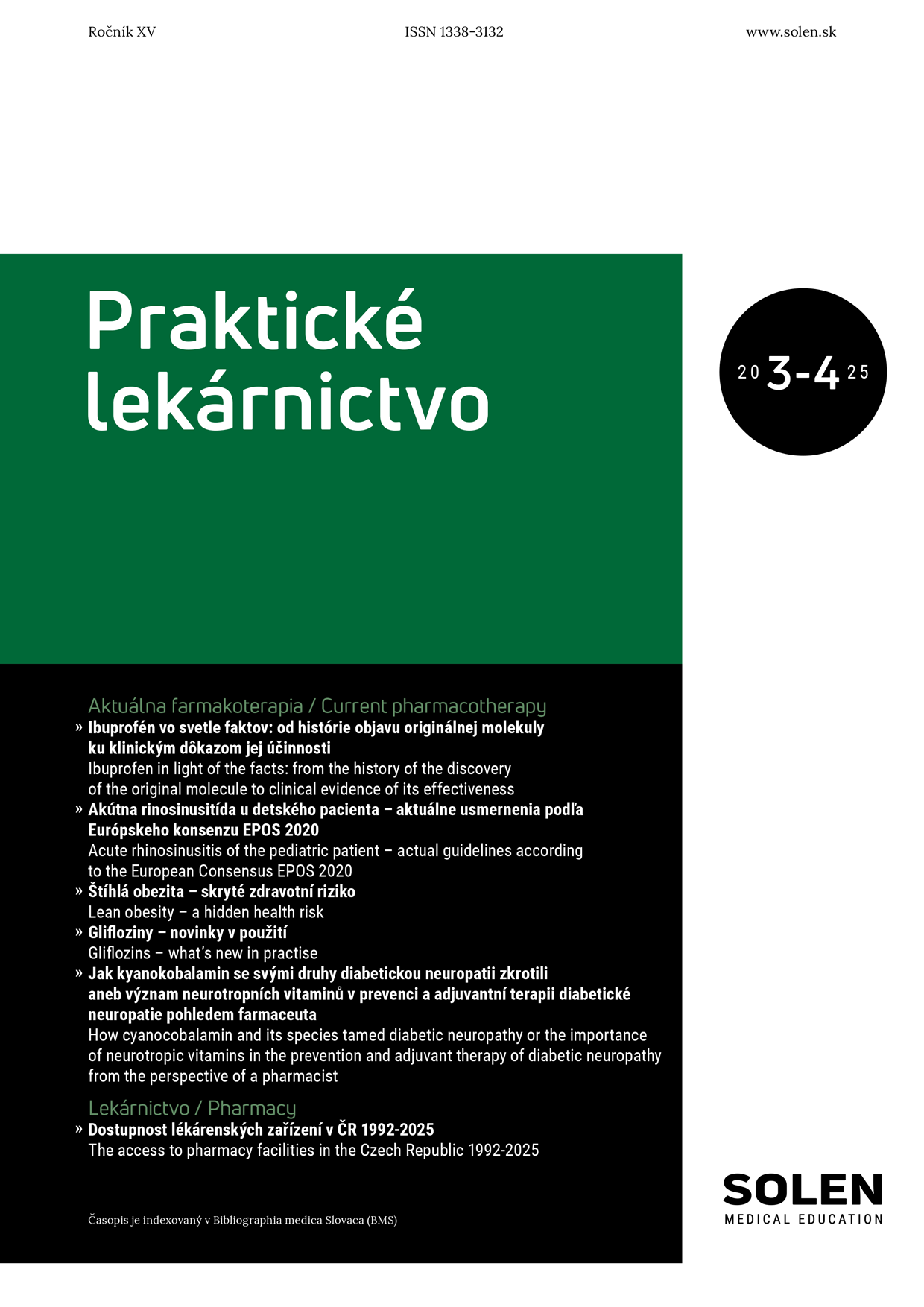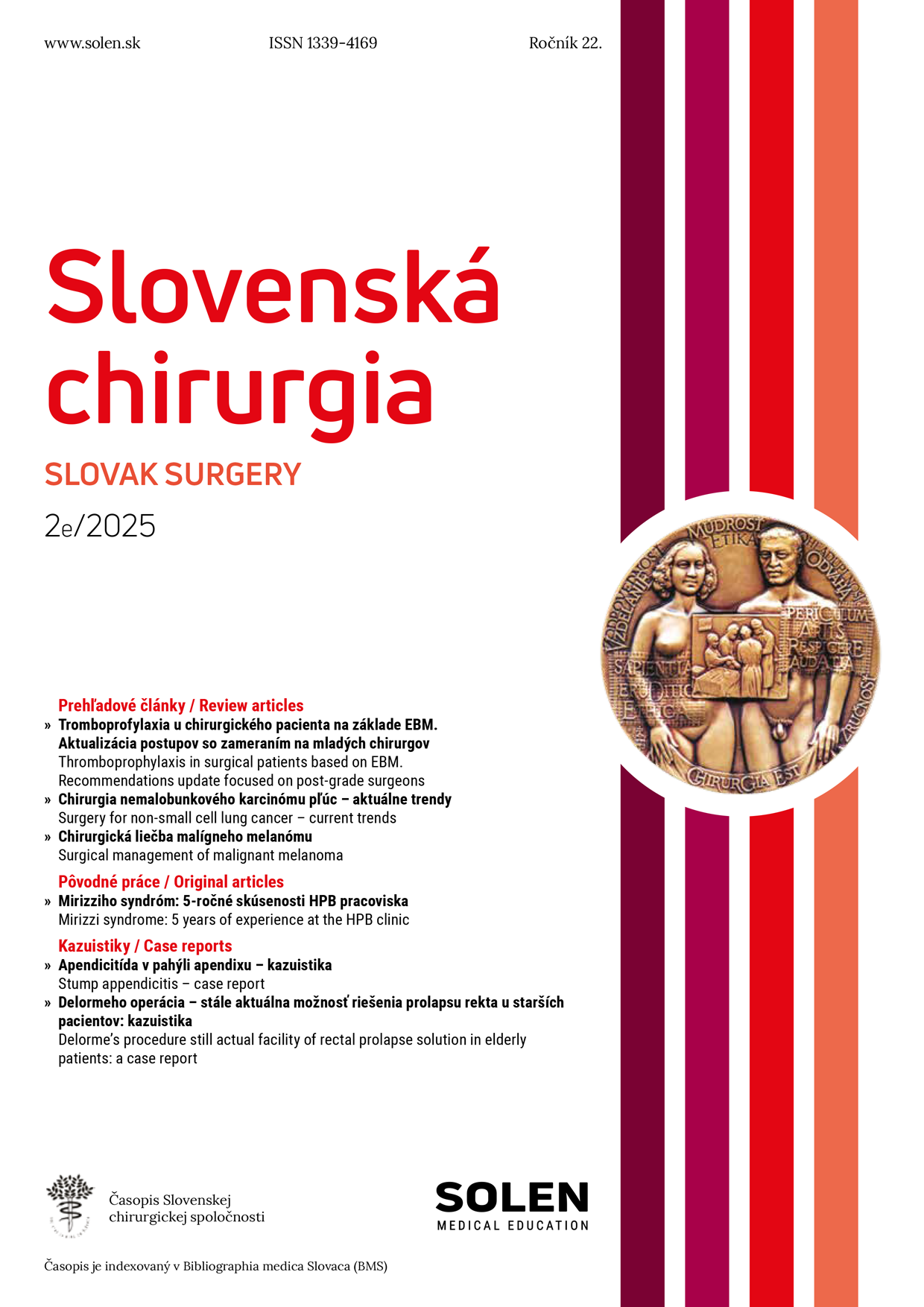Dermatológia pre prax 2/2023
Skin manifestations associated with tick bites
Ticks (suborder Ixodida) are taxonomically the best-known group of mites that feed on the blood of their hosts, which are warm-blooded vertebrates, including humans. They are known for their ability to transmit the widest spectrum of infectious pathogens. The climate crisis, changes in the soil fund and other environmental interventions result in the growth of the tick population and the expansion of their geographical distribution. At the same time, the number of diseases associated with ticks are also increasing worldwide. Along with Lyme disease, the most frequently diagnosed anthropozoonosis in Europe, relatively rare zoonoses in Slovakia such as ehrlichiosis, Q fever, tularemia, babesiosis and rickettsiosis can pose a diagnostic challenge. Skin findings at the site of inoculation of viruses, bacteria or protozoa via ticks are often typical, even pathognomic, for specific tick-borne infections. Their knowledge contributes to the correct diagnosis and subsequent properly administered antibiotic therapy.
Keywords: ticks, infection, skin manifestations, reaction, vector

















